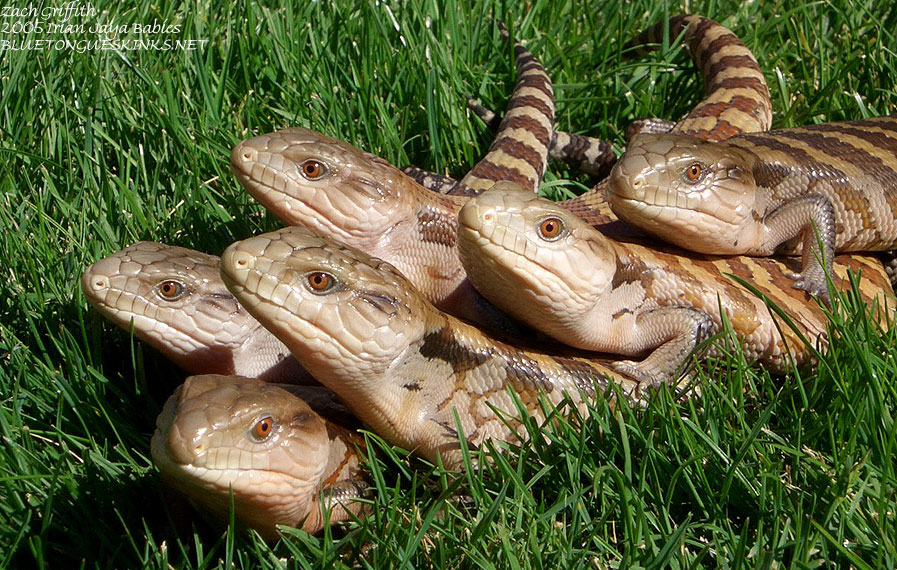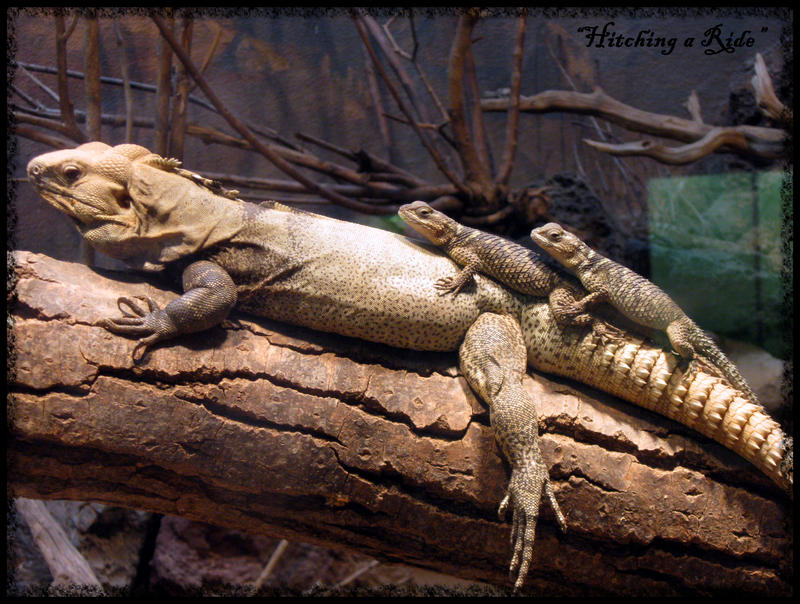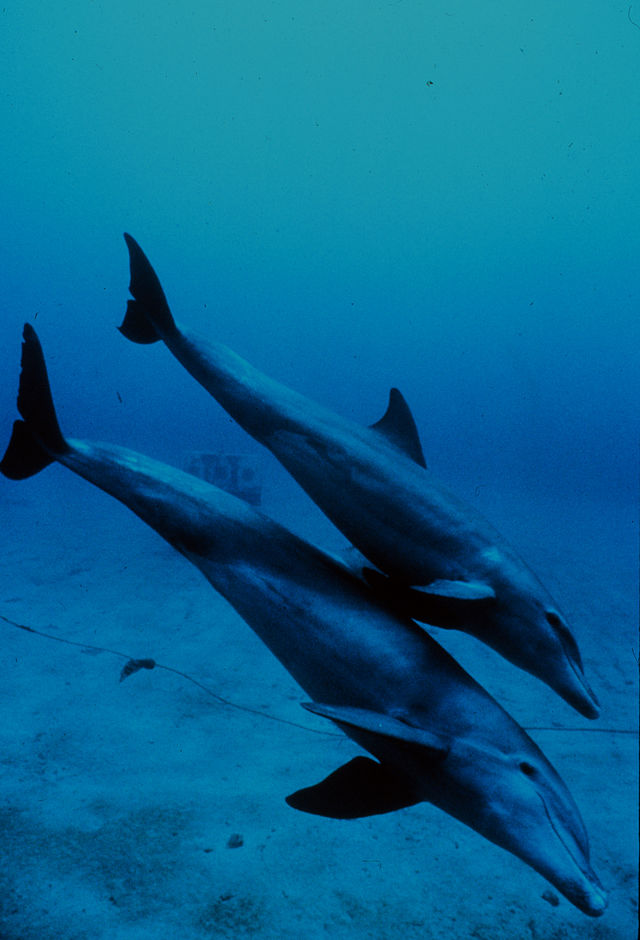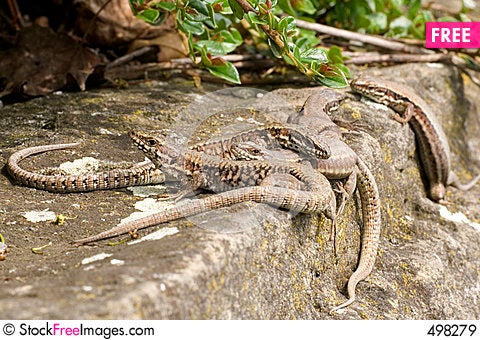 |
| Image Belongs to BLUETONGUESKINKS.NET |
Ahhhh the holidays... did you feel that family togetherness, or maybe not so much? Whatever your particular situation is you can rest assured that the complicated emotions we feel, that are likely heightened this time of year, are a direct consequence of our mammalian social heritage, limbic system, and neocortex. But it is the limbic system, sometimes referred to as the "paleomammalian brain", that is most intimately associated with emotions. But the term "paleomammalian brain" is a bit of a misnomer as it implies only the synapsid line of tetrapods developed this emotional brain. Birds have their own version of the limbic system and it has increasingly become apparent that reptiles have a limbic system as well suggesting that the evolution of the limbic system occurred after the split of amphibians to reptiles. And given the recent revolution in reptile social behavior and, dare we say, emotional capacity this should not be so much of a surprise that reptiles have a (limited) emotional capacity. Given our history of trying to separate ourselves from other animals and having only so recently admitted alliance with primates - maybe we are still recalcitrant in allowing reptiles such a capacity for emotion which we link with ourselves, mammalia, and "higher" brain function?
But let us not get carried away here - no need to feel that you have neglected the brooding artist inside of your pet bearded dragon. If we count hate, love, lust, fear, anger, and contentment as the base emotions from which they are elaborated upon in mammals and birds - especially when used in conjunction with the neocortex - then reptiles would certainly fall under the banner of emotional animals, however diminished in capacity and variety as may be when compared to mammals. And as was discussed in the last post, several species of live-bearing lizards provide a model for how viviparity may have fostered a social bond in plesiosaurs. Here I want to consider how the emotional state of contentment achieved via physical contact may have further solidified the social bond in plesiosaurs. And that an animal need not develop an expanded neo-cortex to achieve this blending of the social and emotional.
 |
| By Ampatent. St Louis Zoo. C.C.Attribution-NoDerivative Works 3.0 License |
And then as now I would posit physical touch as the medium through which the social bond was consecrated in the extinct marine sauropterygians. A simple bio-physical chemical feedback loop reinforced via the winnowing effects of Darwinian evolution. The plesiosaurs that seek out and engage in physical contact with members of their own species, reinforced chemically by a presumed oxytocin like chemical, stand a better chance of surviving than those that don't. No need to evolve a highly modified, derived mammalian type brain. The reptilian brain is good enough. Now diving into the wormhole of what chemicals may have enhanced the bonding experience - some sort of oxytocin "cuddle" type hormone or equivalent, most likely vasopressin - is an interesting question and one that is only minimally explored in modern reptiles. I myself don't feel qualified enough to offer any thought on this aspect of bio-chemical cuddle hormones but there is certainly the potential that some type of hormone fulfilled this role in plesiosaurs as suggested by modern phylogenetic bracketing.
And to the organ most useful in maintaining social cohesion and contact in plesiosaurs - that long dangly neck of course!!
 |
| A Touch in the Void by Duane Nash |
Which is not so strange is it when we commonly cite convergent evolution in terms of anatomical adaptations in disparate groups; why not convergence in social behavior when similar environmental/reproductive constraints are placed on distantly related tetrapods?
 |
| Wiki commons. Bottlenose mother/infant. M. Herko |
 |
| Spinner Dolphins. Sunphol Sorakul. CC 2.0 |
 |
| Ebony & Ivory By Duane Nash |
Happy New Year and don't forget to hug a reptile!!
Support me on Patreon.
Like antediluvian salad on facebook.
Watch me on Deviantart @NashD1.Subscribe to my youtube channel Duane Nash.
My other blog southlandbeaver.blogspot.

No comments:
Post a Comment